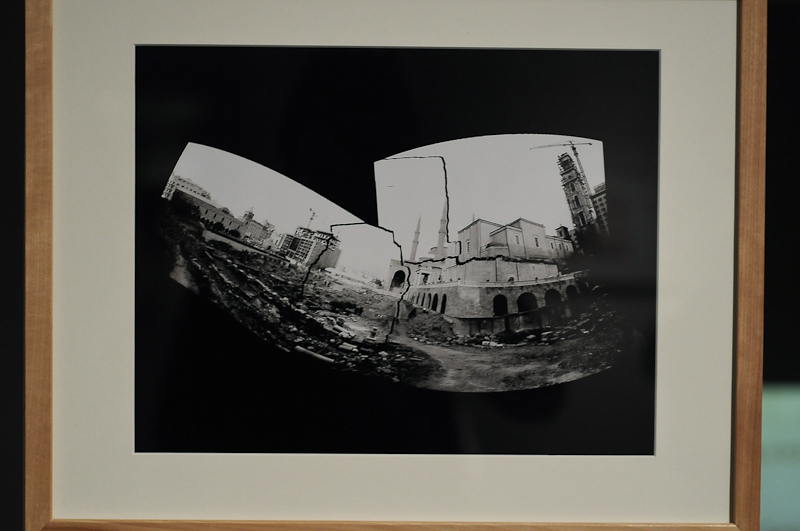The Carleton University Art Gallery (CUAG) hosted a reception at the gallery to debut three new exhibitions Jan. 19.
The collections celebrate traditional pieces, in addition to modern works.
One of the featured exhibits, Art on a Green Line, aims to provide visitors with personal insights into Lebanon’s civil conflicts that raged from 1975 to 1990.
The exhibition’s curator, Johnny Alam, is a PhD student studying cultural mediations—visual culture with an interest in photography, art, memory, technology, and representation at Carleton.
Alam is originally from Lebanon and he said he chose to collaborate with several contemporary Lebanese artists trying to explain and remember these wars, because he feels there is a need to recognize these conflicts.
Alam said the exhibition stands out because most of the artists work in more than one medium.
“I wanted to show the richness of the mediums of expression about art,” he said. “Part of my research is about how to represent wars. Can somebody represent wars and trauma? The exhibition is sort of my answer.”
Another exhibition, Making and Marketing Art History in 18th century France, brings a classical element to the gallery, displaying a collection of 18th century French prints, books, and pamphlets. They were donated to CUAG by exhibit curator, W. McAllister Johnson, professor emeritus at the University of Toronto (U of T).
“The idea, in one sense, was to get away from the idea of an exhibition devoted to a [single] artist, a particular type of subject, a particular technique, and in a sense, take a shotgun blast at the whole 18th century in France,” Johnson said.
Johnson, who taught art history at U of T for more than 40 years, said he believes this collaboration will be special, because of the active nature of the exhibit with ink-on-paper prints acting as research materials for students.
“[Prints] became the ‘rage’ in the 1720s and 30s, because people could suddenly decorate their walls,” Johnson said. “Images were no longer just in churches, palaces, or mansions. They existed in different price ranges as well, so almost anyone could get anything if they had the money to do so. Suddenly, because of prints, there were images everywhere.”
There may be a large stretch of time between 18th century France and 21st century Lebanon, but they are presented side by side in CUAG until April 14.








